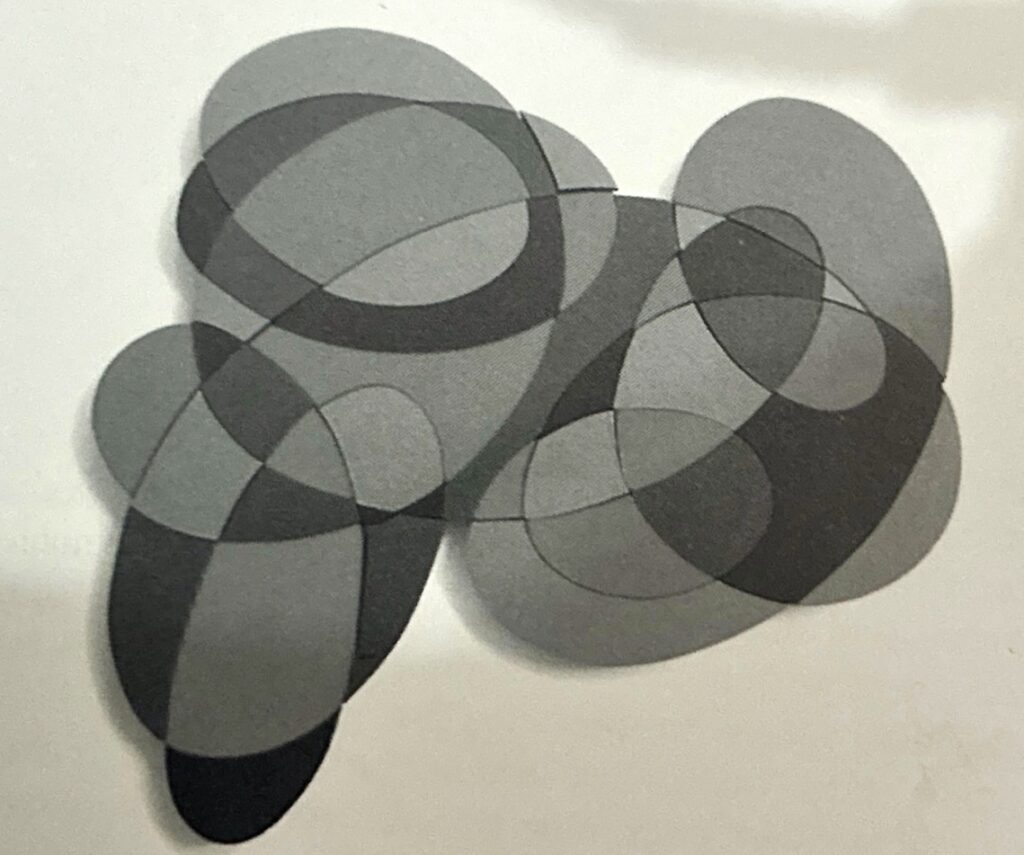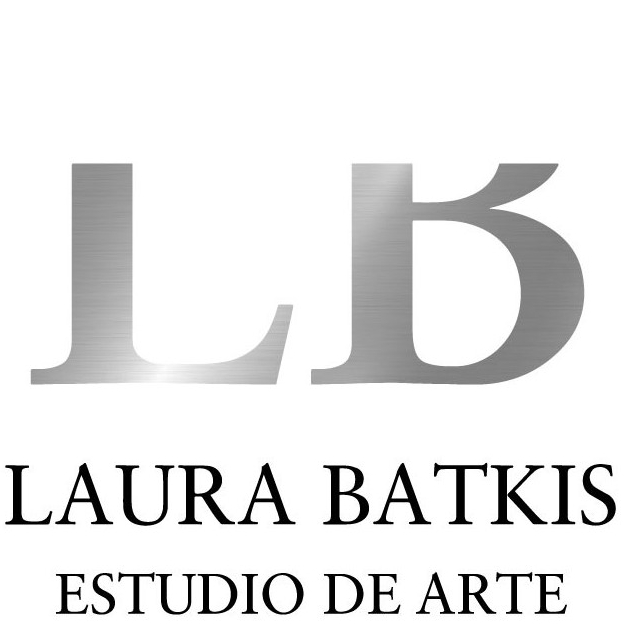Lapiz
Beto De Volder
(Alberto Sendrós Gallery, Buenos Aires). No. 205 – July 2004.

In the neighborhood of Retiro, where one can still breathe the atmosphere of the enthusiasm of the sixties, Alberto Sendrós has just opened his art gallery. It is a few blocks away from Bar Baro, the mythical bar that was a meeting place for the artists of the Nueva Figuración (New Figuration). Sendrós’ idea is to dedicate himself exclusively to contemporary art. Sanacabeza is the exhibition currently presented by Beto De Volder.
Artist of the nineties, De Volder was part of the Barracas Workshop that the Antorchas Foundation created in 1994, under the supervision of Luis F. Benedit and Pablo Suárez. In his early production, the artist worked with all the possibilities related to the topic of fluids. Jets of semen in synthetic resin, the typical championship of the longest urine throw with which children compete in school and seductive and fatal mermaid women. Gradually, his work evolved towards a more ornamental approach. In the “firuletes” (series of superimposed curves) cut in wood, he uses primary colors, as an irony on Mondrian’s purist postulates and his dogmatism on vertical and horizontal lines. De Volder creates his object-paintings that are placed on the wall, as an installation that can change over time. The “participatory” attitude he demands from the viewer is more evident in his current exhibition, based on a puzzle, but starting from the idea of art as a way to cure or heal the mind (hence the title of the show). De Volder uses the wood he takes out of the fretwork of the stand and builds an image in different colors. Each piece is magnetized and supported on a metal plate. The viewer is invited to take the pieces apart and reassemble them, just like in board games. Nowadays, the paradigm of “social” art has established itself as almost the only legitimized trend. De Volder suggests thinking of another option. In the violent world in which we live, the artist rescues the playful, decorative and pleasant character of artistic production, telling us that art can also be a happy refuge for times of war.
BY LAURA BATKIS
